
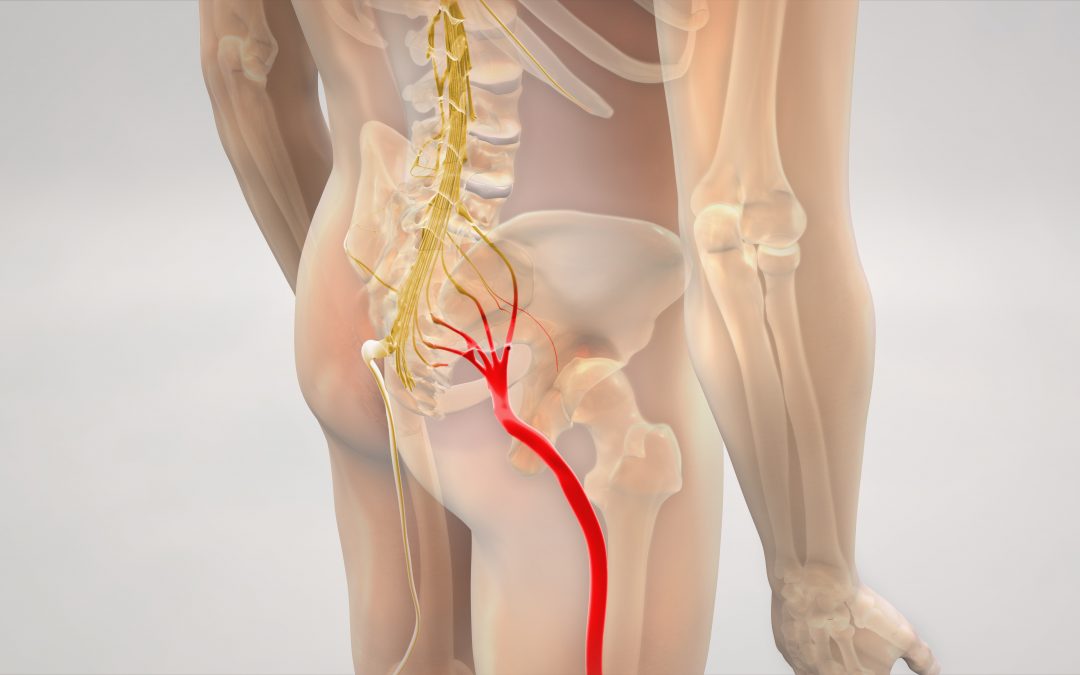
Sciatica refers to the pain that radiates along the path of the sciatic nerve in your lower back and shoots down through your hips, buttocks, legs, and sometimes into your feet. It usually affects only one side of the lower body. If you’re having severe pain, seek Woodstock sciatica pain treatment at Advanced Health Solutions – GA Spine & Disc as soon as possible.
Sciatica most commonly occurs when part of the sciatic nerve in your lower back is compressed due to a herniated disk, bone spur on the spine, or narrowing of the spine (spinal stenosis). This causes pain, inflammation, and often some numbness in the affected leg. Some people may have sharp, intense pain while others get numbness, tingling, and weakness in their legs.
Sciatica can cause pain and discomfort, but fortunately, you can find several effective treatments for it. Most people with sciatica do not need surgery to ease their symptoms, and about half usually recover in about six weeks with only medication and rest.
Inflammation, compression, irritation, or pinching of a nerve in the lower back cause sciatica pain. Herniated or slipped disk puts pressure on the nerve root and it’s the most common cause of sciatica. Most people with sciatica only need self-care treatments and will get better on their own with time.
A sciatic nerve begins at the spinal cord, and runs through the hips and buttocks, and finally branches down both legs. It’s the longest nerve in the body and one of the most important ones. It directly affects your ability to feel and control your legs. You will experience sciatica when this nerve is irritated.
Sciatica’s sensation can manifest itself as moderate to severe pain in your lower back, buttocks, hips, and legs. You might also feel numbness or weakness in these areas.
Sciatica is a symptom of an underlying injury to the sciatic nerve or an area that affects the nerve, such as the vertebrae, which are bones in the neck and back.
Sciatica is a common type of pain that affects the sciatic nerve, which is a large nerve running from your lower back down the back of each leg.
One key distinctive sign of sciatica is the pain that radiates from the lower back into the side or back of your legs. The pain can be mild, or sharp and severe. You can have other symptoms in your leg or foot, including numbness, tingling, or weakness.
Up to 40 percent of people will have sciatica at some point in their lives. The risk for sciatica increases as you age.
Common symptoms of sciatica to watch for include:
Sciatica usually does not affect the entire lower body. Often, the pain radiates from your lower back and extends through the back of your thigh, and down your leg. Depending on the intensity and location of pressure against the sciatic nerve, the pain may extend to your foot or toes.
Some people with sciatica experience severe and disabling pain. But others might have infrequent and irritating sciatica pain, which could get worse with time.
You should see a doctor immediately for Woodstock sciatica pain treatment if you have:
Sciatica occurs due to the irritation of the root(s) of the lower lumbar and lumbosacral spine.
Other common causes of sciatica include:
If you have signs and symptoms of sciatica, your doctor will do a physical examination to check your reflexes and the strength of your muscles. The doctor might ask you to do specific activities, such as walking on your toes or heels, to determine the cause of your pain.
If you’re having severe pain, your doctor might perform imaging tests to check for herniated disks and bone spurs. These tests could be:
X-ray, which can provide pictures of the internal organs of your body to check for any herniated disks or bone spurs.
CT scan, which involves a series of X-rays, which provides a better look at your spinal cord and the nerves.
MRI, which uses magnets and radio waves to produce pictures that show a detailed look of your spine and back.
Electromyography (EMG), which measures the speed of nerve signals in your body to check for internal problems like a herniated disk.
Self-care activities or at-home remedies can help most people with sciatica to feel better. These include:
However, your doctor might recommend other Woodstock sciatica pain treatment options if your pain persists.
Your doctor might suggest different types of medication, including:
A physical therapist at Advanced Health Solutions – GA Spine & Disc can teach you some exercises to improve your posture and flexibility. These exercises will also enhance the strength of the muscles that support your back.
So, if you need Woodstock sciatica pain treatment, get in touch with us to get help from our highly qualified and experienced doctors. Call us now at (770) 212-3991 or fill out our online contact form to book your appointment.



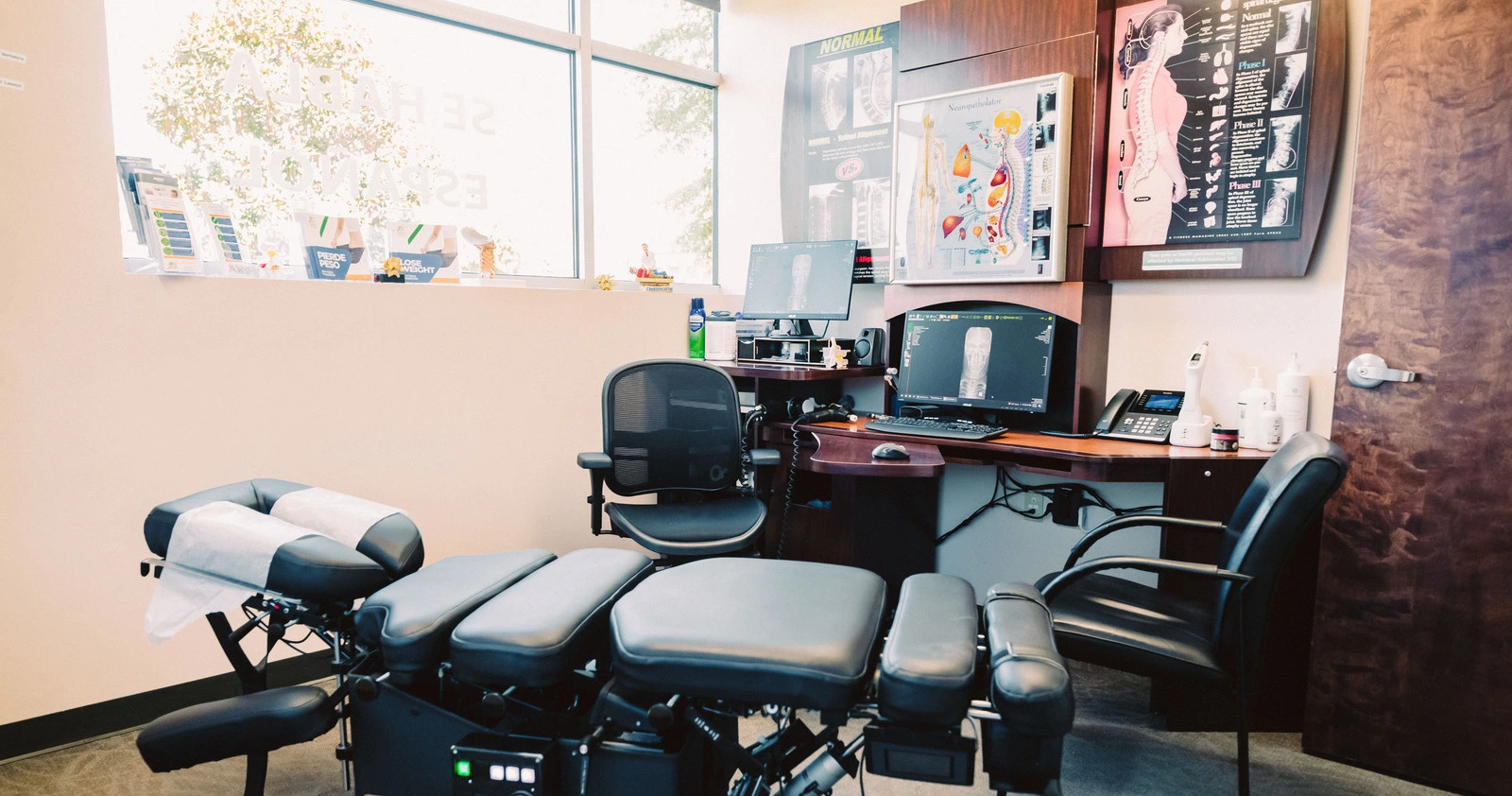

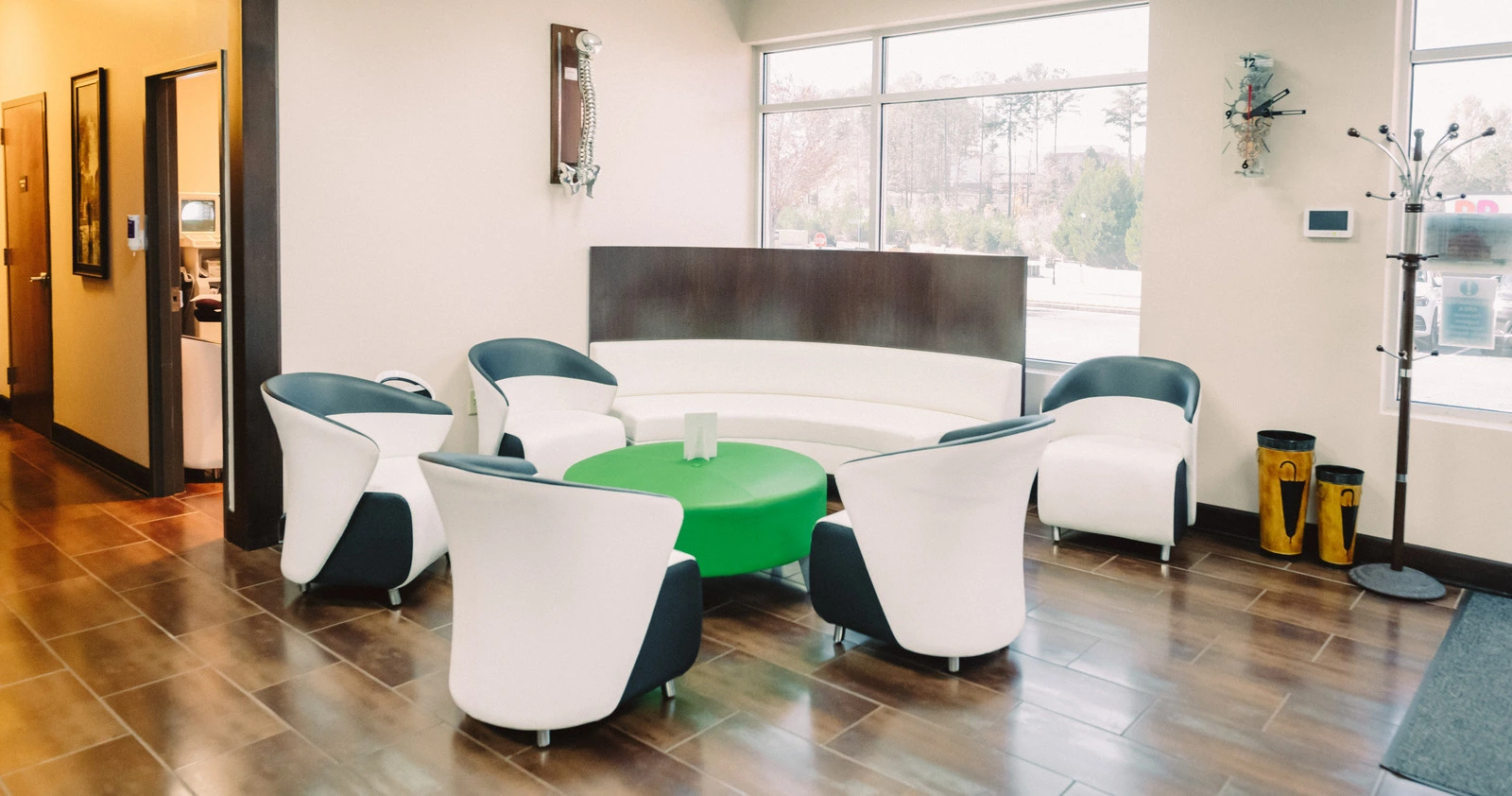


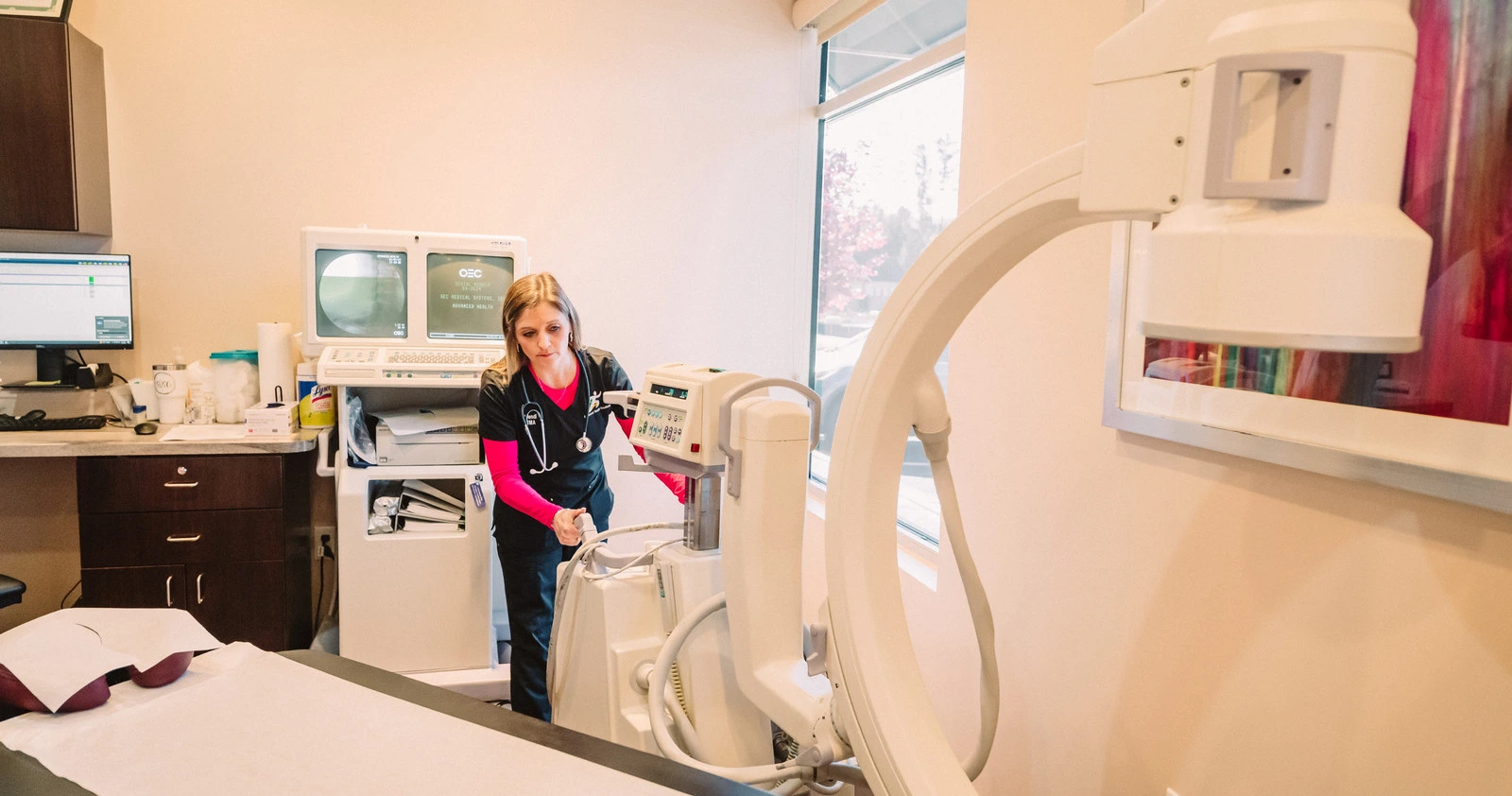
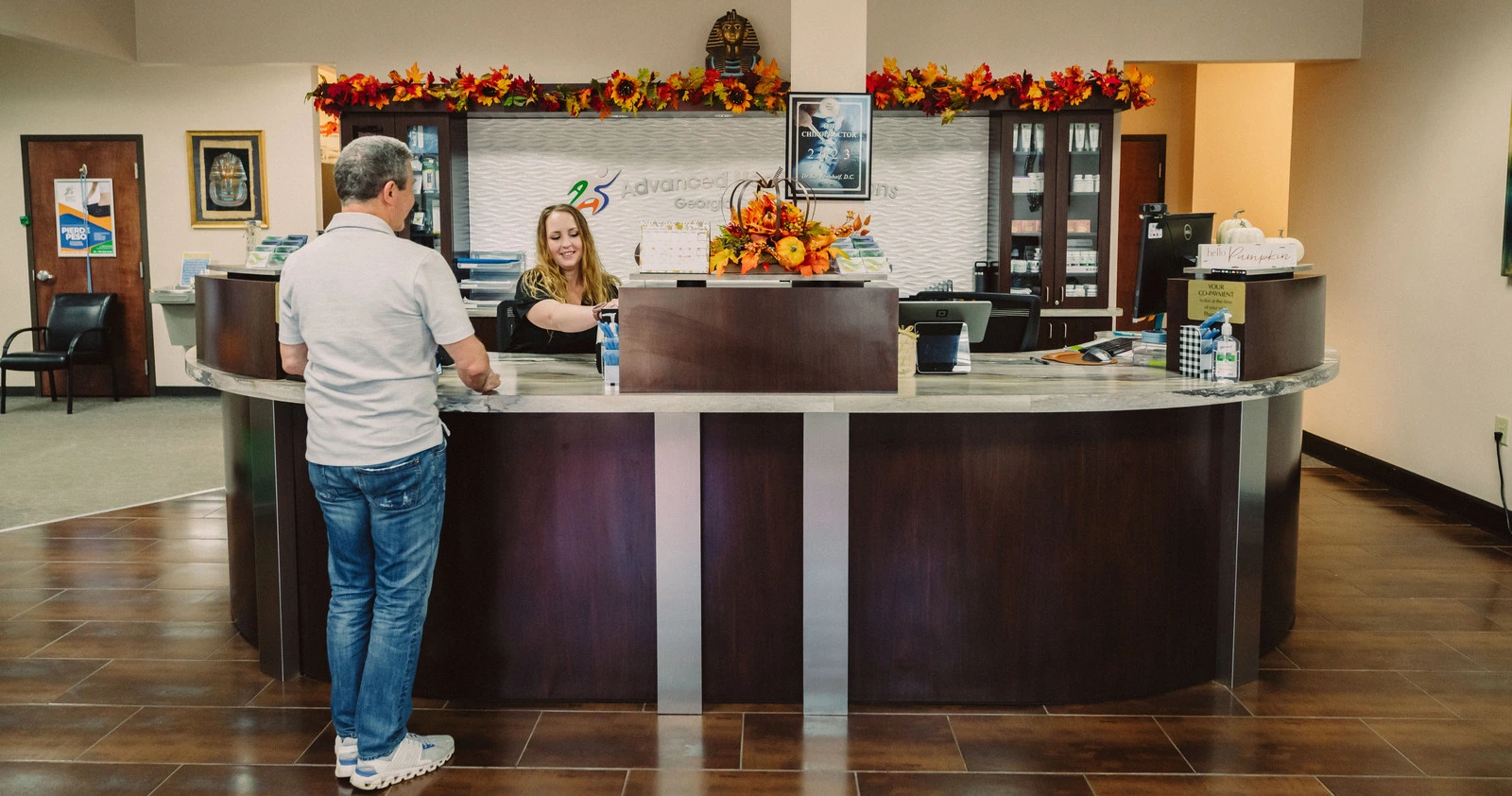
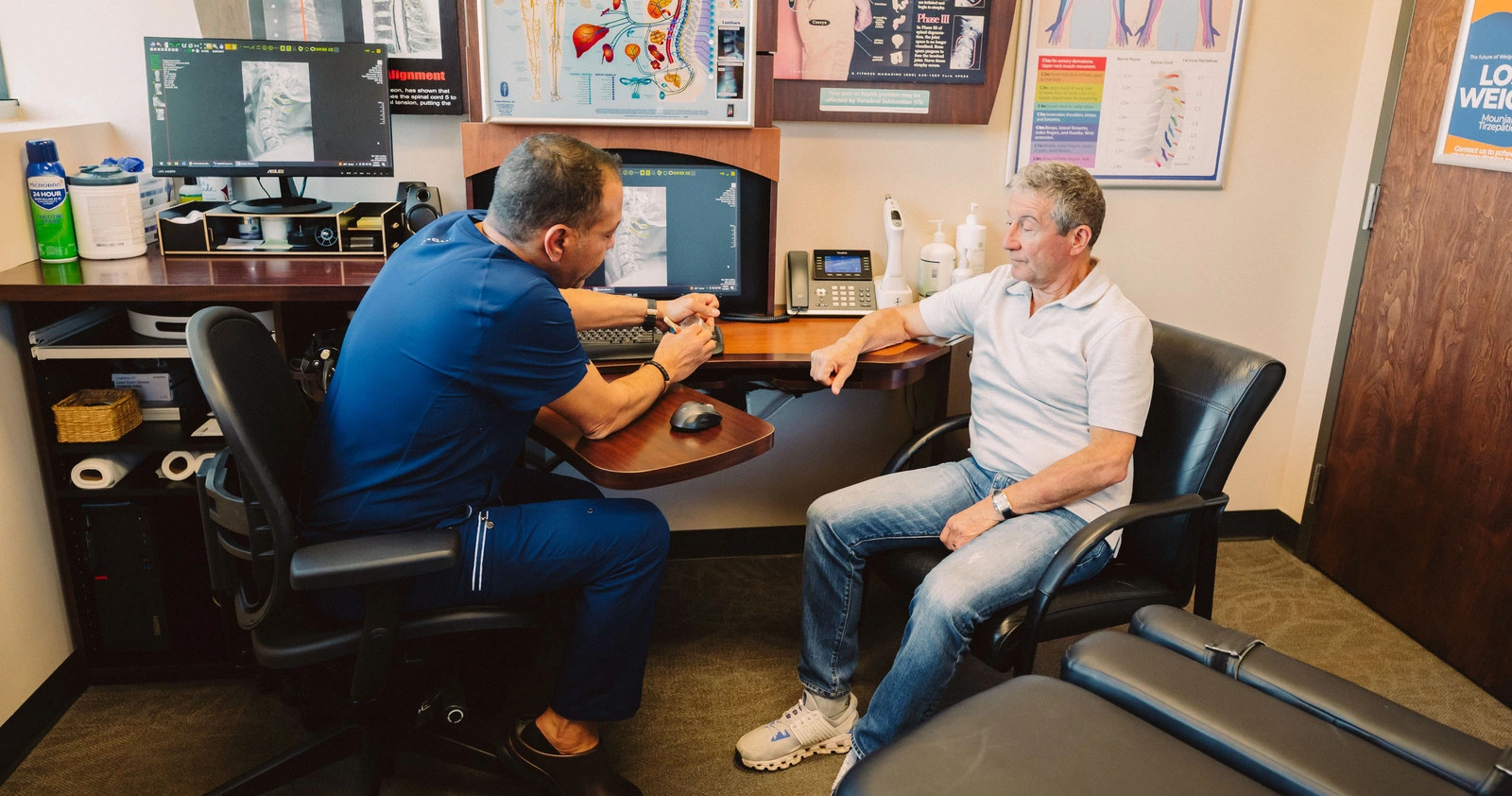


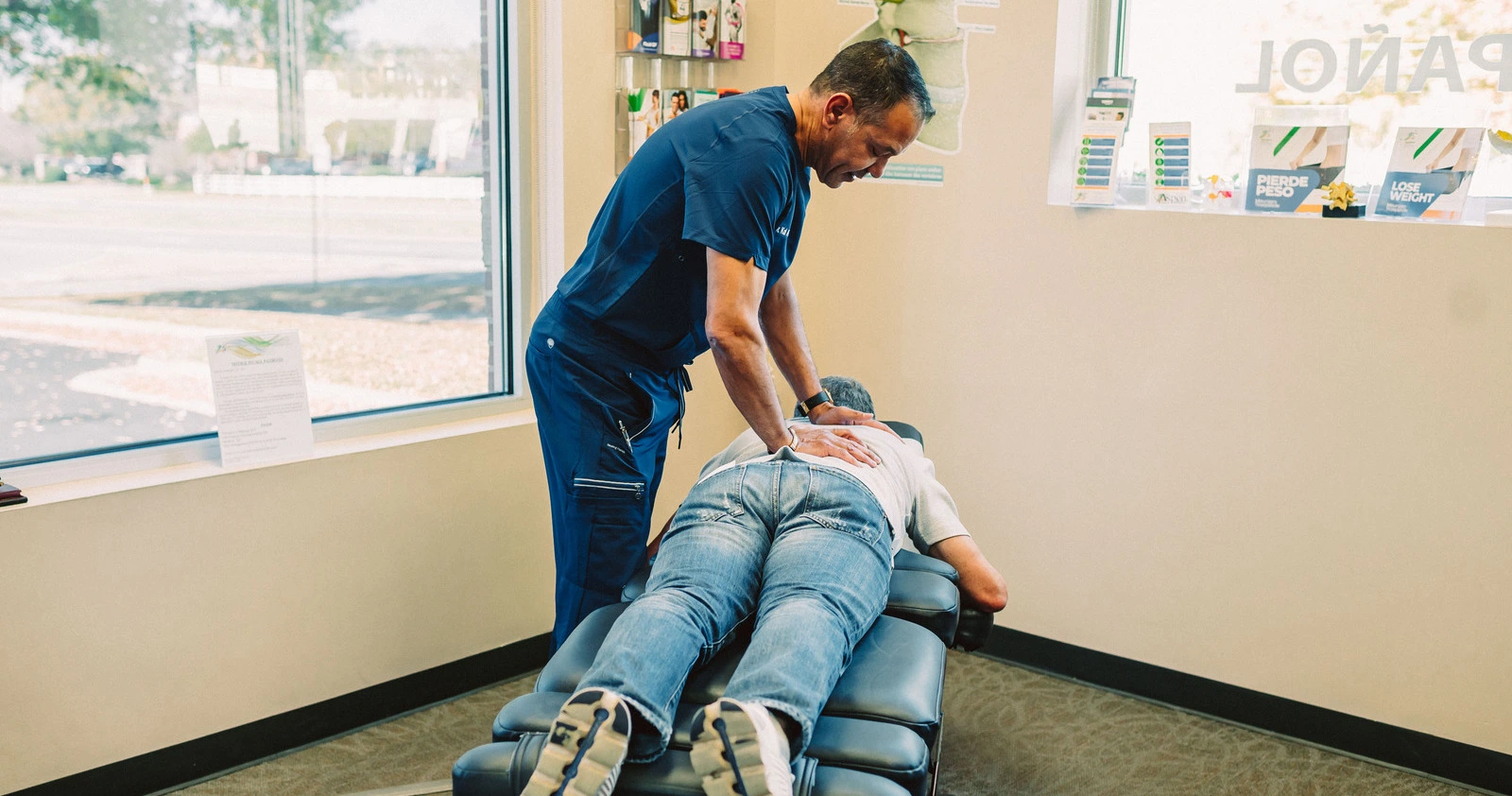
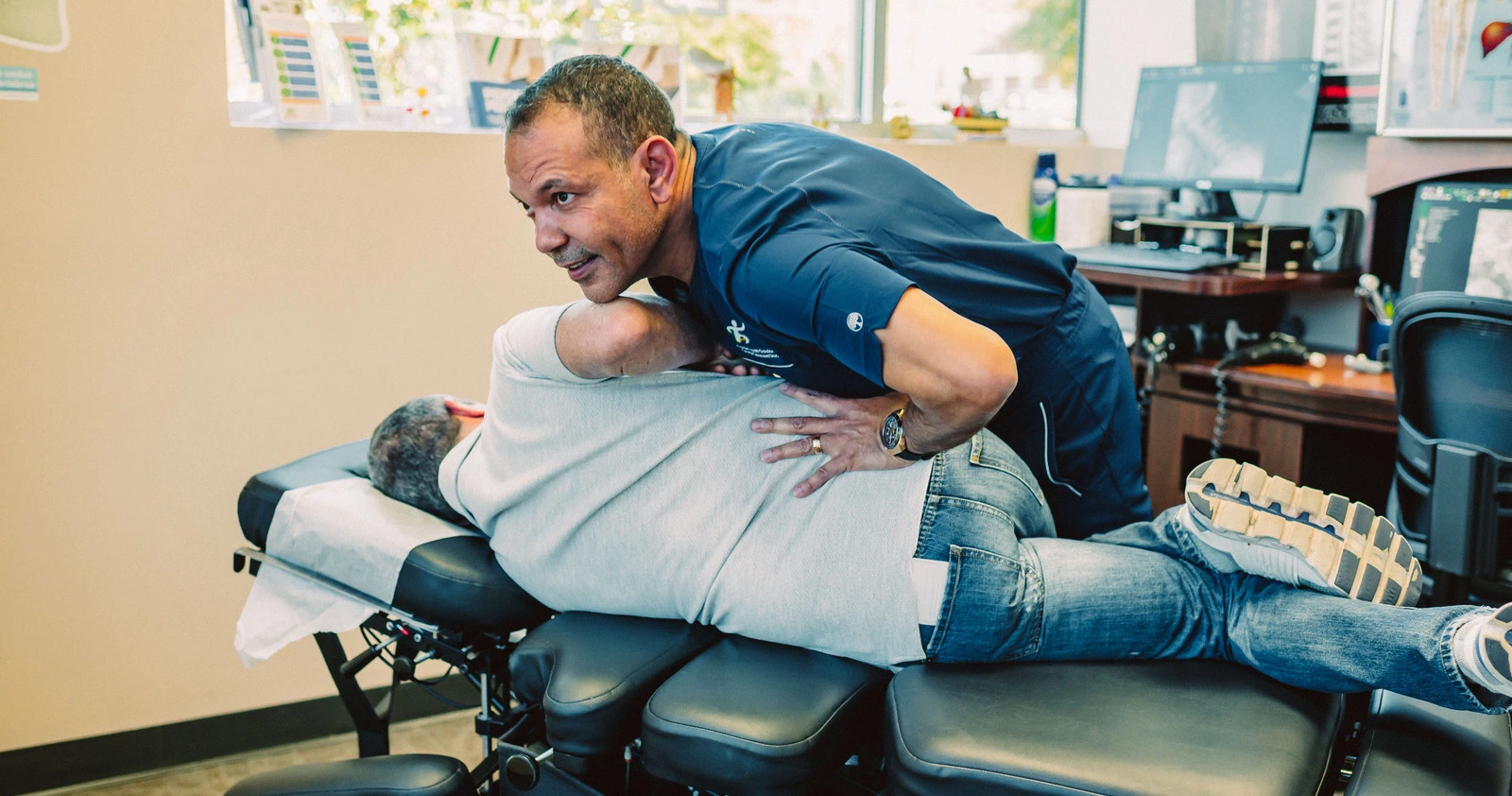
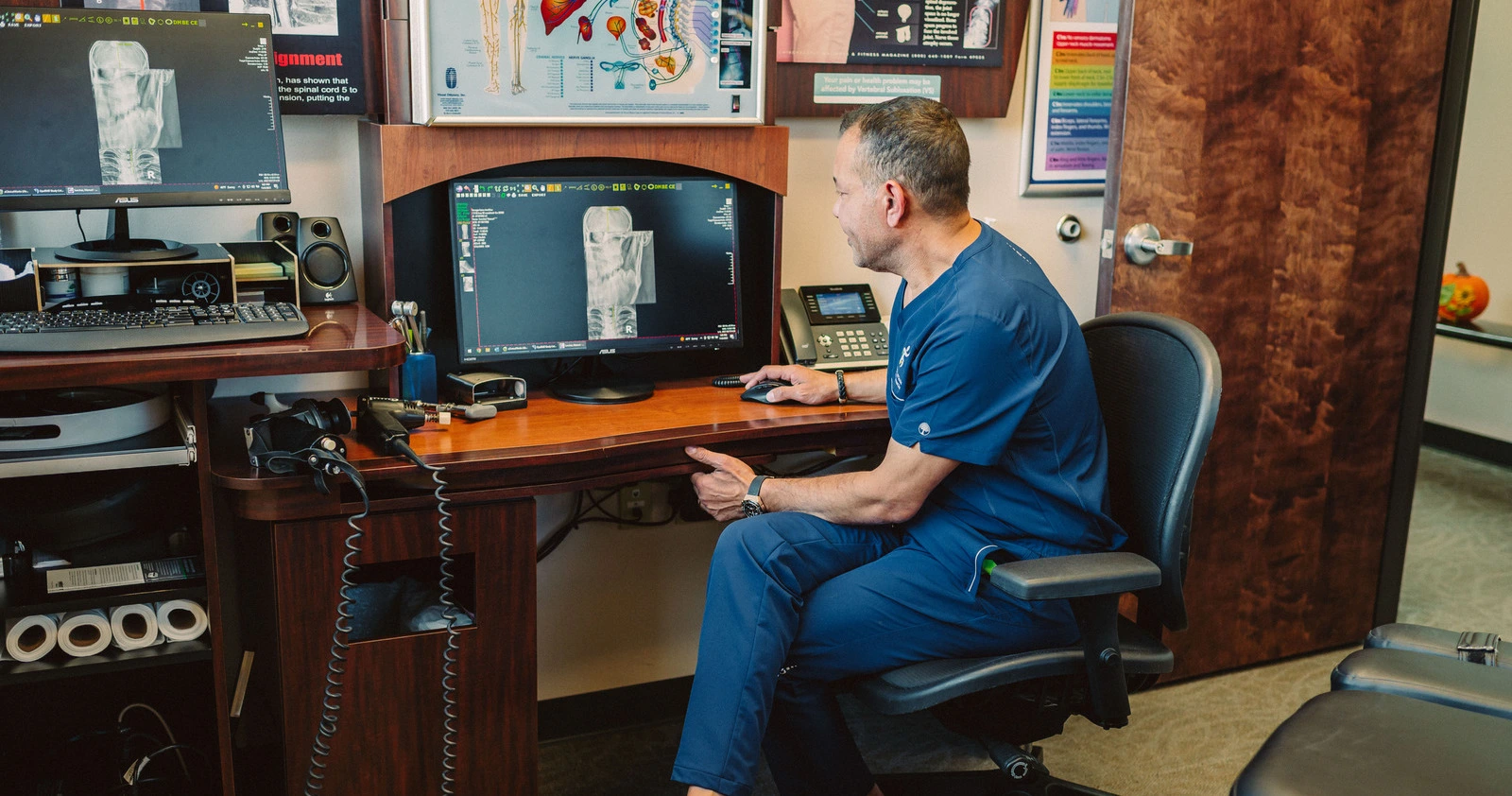

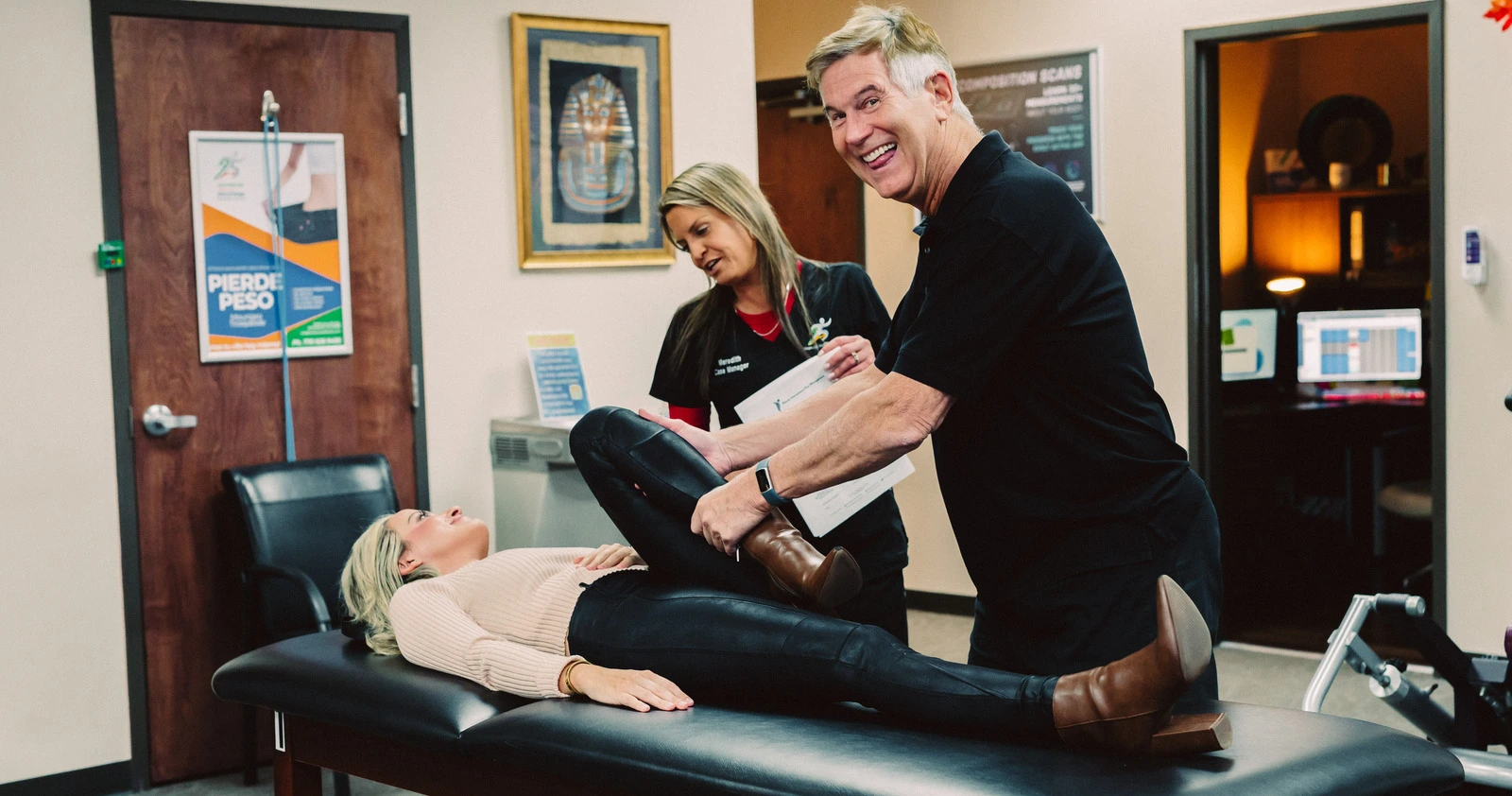
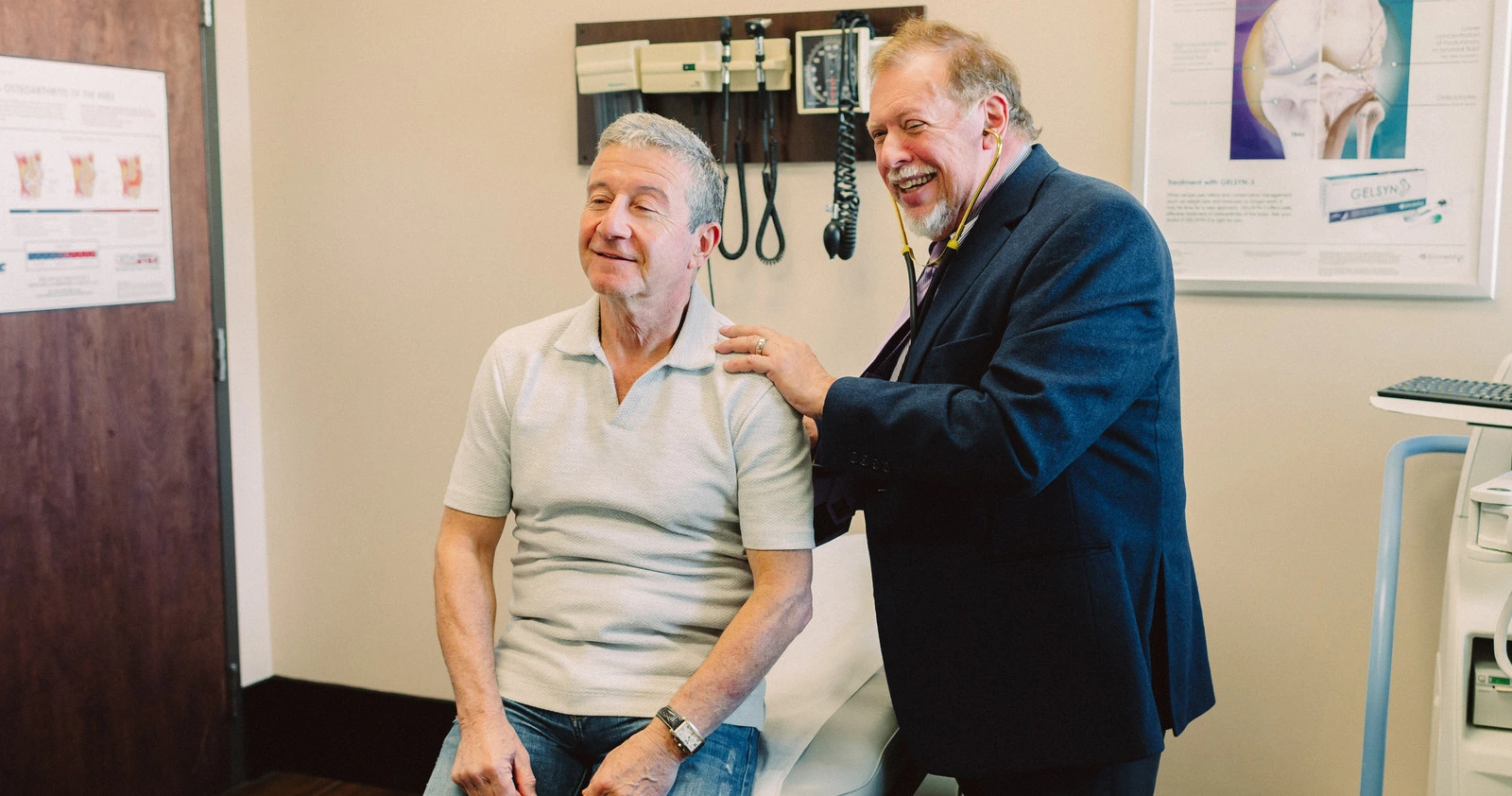


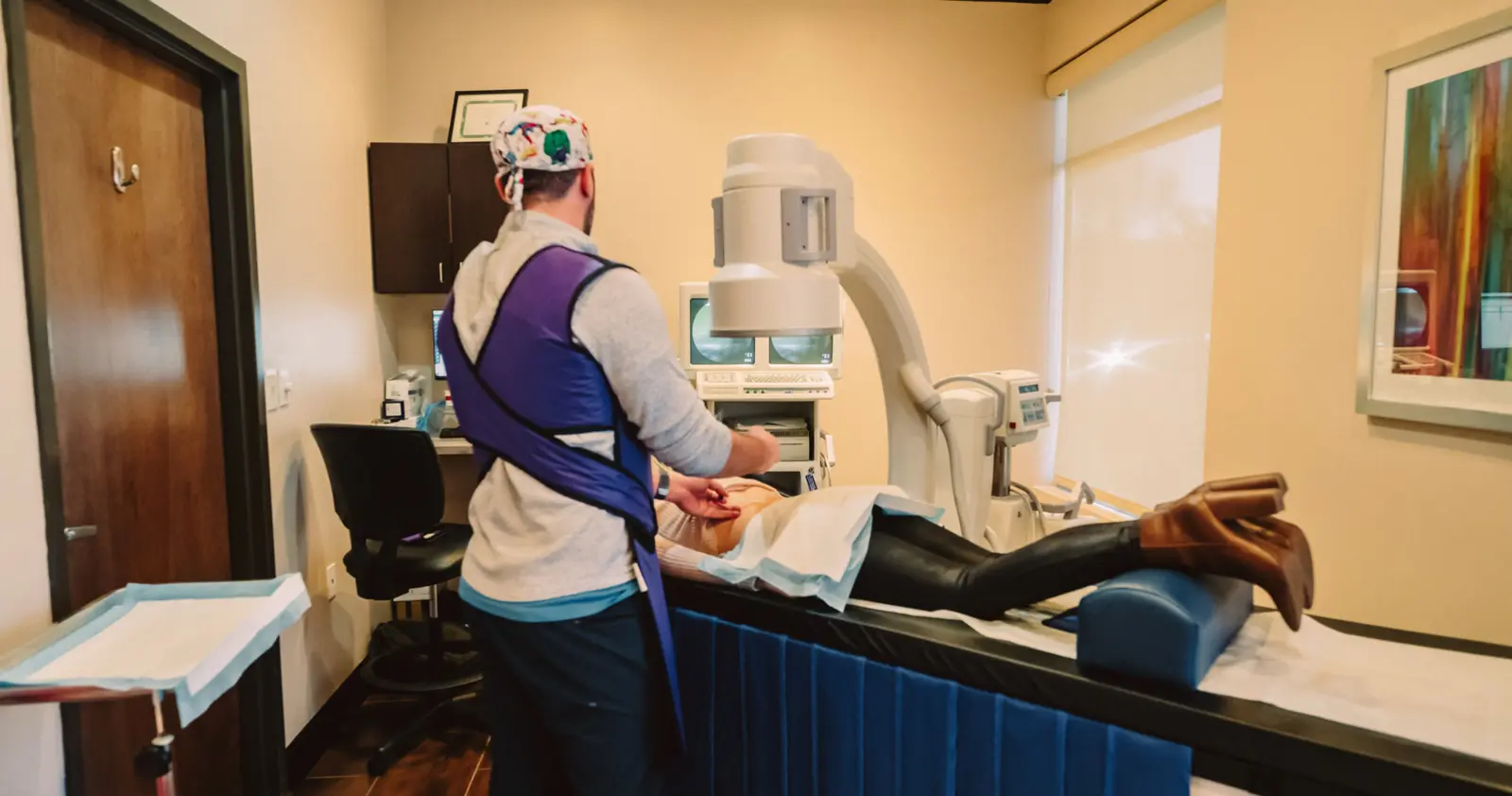

Our medical clinic offers a wide range of services, including primary care, specialty care, preventive care, diagnostic testing, chiropractic, physical therapy, and more. We strive to provide comprehensive and personalized healthcare to our patients.
Our medical professionals are highly trained and experienced in their respective fields. We have a team of doctors, nurses, specialists, and support staff who are dedicated to providing quality care and ensuring the well-being of our patients.
Our clinic(s) are conveniently located in a central area, with easy access to public transportation and ample parking facilities. We understand the importance of accessibility and strive to make it convenient for our patients to reach us. See all locations
We take pride in our high patient satisfaction rates and positive outcomes. We regularly collect feedback from our patients to continuously improve our services and ensure we meet their expectations. Read Our Reviews
We strive to work with a wide range of insurance providers to ensure that our services are accessible to as many patients as possible. We also offer flexible payment options and financial assistance programs to make healthcare affordable for our patients.
The purpose of this visit is to assess your symptoms, diagnose any potential conditions, and provide appropriate treatment or recommendations. Your healthcare provider will outline the recommended treatment plan, which may include medications, lifestyle changes, therapies, or referrals to specialists, depending on your condition.
In addition to our core medical services, we may offer additional benefits such as extended hours, online appointment scheduling, electronic medical records, and patient education resources.
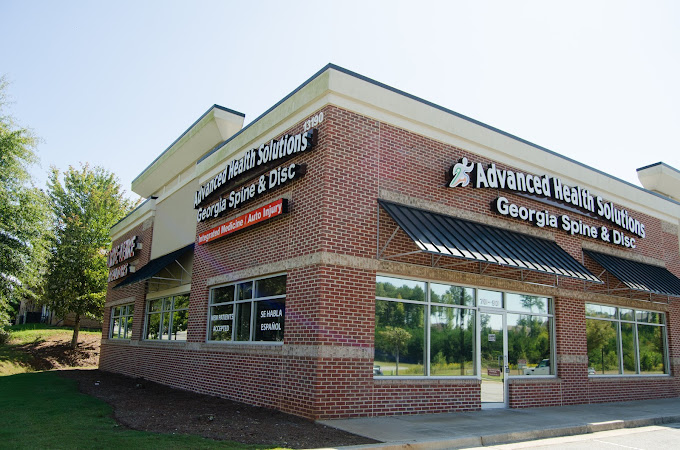

We are a Multidisciplinary Clinic with over 75 years of Combined Experience